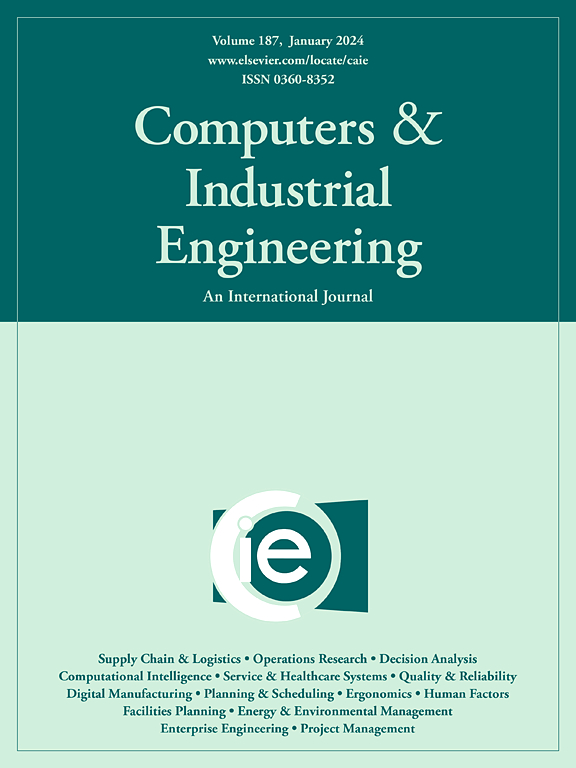Optimising timing points for effective automatic train operation
IF 6.7
1区 工程技术
Q1 COMPUTER SCIENCE, INTERDISCIPLINARY APPLICATIONS
引用次数: 0
Abstract
Automatic Train Operation (ATO) aims to partially or fully automate train driving, enhancing railway capacity, punctuality, and energy efficiency. However, a key challenge arises from the mismatch between discrete event-time decisions at the Traffic Management System (TMS) level, assuming fixed running times, and the continuous speed–distance trajectory optimisation at the ATO level, leading to possible misalignments between planned and executed train movements. To bridge this gap, this paper introduces a novel optimisation-based method that dynamically computes Train Path Envelopes (TPEs) based on multiple driving strategies, defined as time targets or windows over a sequence of timing points, which ATO-equipped trains must comply with to align their movements with traffic management constraints. The method follows a two-stage approach: First, a linear programming model determines conflict-free blocking time ranges across the multiple driving strategies. Second, a structured optimisation process establishes operationally feasible TPEs by determining departure tolerances and configuring intermediate timing points. By integrating a critical-block strategy, the optimised TPEs provide the flexibility needed for ATO while accommodating variations in train driving strategies. The method is validated through experiments and a real-life case study in The Netherlands, demonstrating that optimised timing points at critical track locations improve energy efficiency, enhance punctuality, increase capacity, and provide an approach to align traffic management with ATO.
优化时间点,使列车有效自动运行
自动列车运行(ATO)旨在部分或完全自动化列车驾驶,提高铁路运力,准点率和能源效率。然而,交通管理系统(TMS)层面的离散事件时间决策(假设固定运行时间)与ATO层面的连续速度-距离轨迹优化之间的不匹配产生了一个关键挑战,这可能导致计划和执行列车运行之间的不一致。为了弥补这一差距,本文引入了一种新的基于优化的方法,该方法基于多种驾驶策略动态计算列车路径包络线(tpe), tpe被定义为一系列时间点上的时间目标或窗口,配备ato的列车必须遵守这些策略,以使其运动与交通管理约束保持一致。该方法采用两阶段方法:首先,通过线性规划模型确定多种驱动策略之间的无冲突阻塞时间范围。其次,通过确定偏离公差和配置中间时间点,结构化优化过程建立了操作上可行的TPEs。通过集成关键块策略,优化的tpe提供ATO所需的灵活性,同时适应列车驾驶策略的变化。该方法通过实验和荷兰的实际案例研究得到了验证,证明了关键轨道位置的优化时间点可以提高能源效率,提高准点率,增加容量,并提供了一种将交通管理与ATO结合起来的方法。
本文章由计算机程序翻译,如有差异,请以英文原文为准。
求助全文
约1分钟内获得全文
求助全文
来源期刊

Computers & Industrial Engineering
工程技术-工程:工业
CiteScore
12.70
自引率
12.70%
发文量
794
审稿时长
10.6 months
期刊介绍:
Computers & Industrial Engineering (CAIE) is dedicated to researchers, educators, and practitioners in industrial engineering and related fields. Pioneering the integration of computers in research, education, and practice, industrial engineering has evolved to make computers and electronic communication integral to its domain. CAIE publishes original contributions focusing on the development of novel computerized methodologies to address industrial engineering problems. It also highlights the applications of these methodologies to issues within the broader industrial engineering and associated communities. The journal actively encourages submissions that push the boundaries of fundamental theories and concepts in industrial engineering techniques.
 求助内容:
求助内容: 应助结果提醒方式:
应助结果提醒方式:


